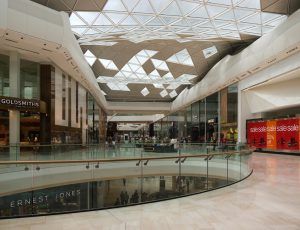
Current Issue:
CCR ISSUE 7 | Designing with Intention: How Watches of Switzerland turned retail into an experience •
CCR ISSUE 7 | Designing with Intention: How Watches of Switzerland turned retail into an experience •





Sign up for our eblasts to get updated information, news and opportunities.
Always stay two steps ahead of your Competitors. Stay informed with the latest in the Industry.
This site uses cookies to ensure that you get the best user experience. By choosing “Accept” you acknowledge this and that ccr-mag.com operates under the Fair Use Act. Furthermore, Changing privacy laws now require website visitors from EEA based countries to provide consent in order to use personalized advertising or data modeling with either Google Ads & Analytics. Find out more on the Privacy Policy & Terms of Use Page